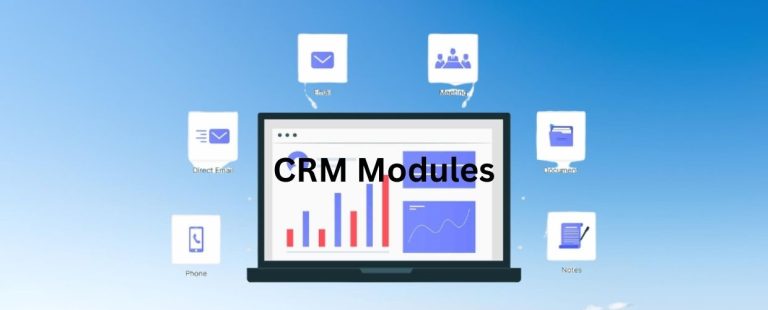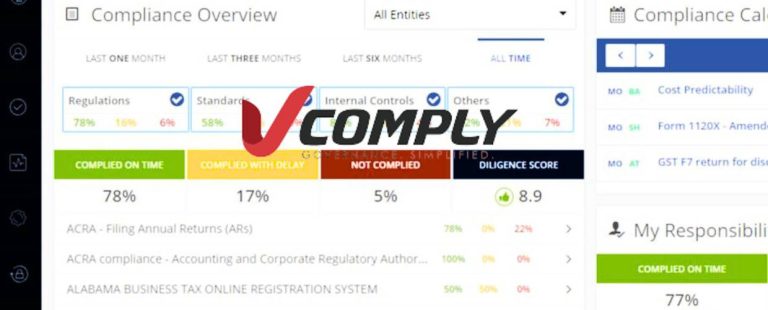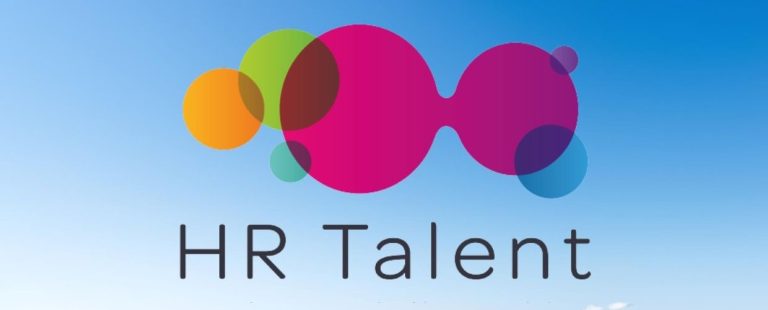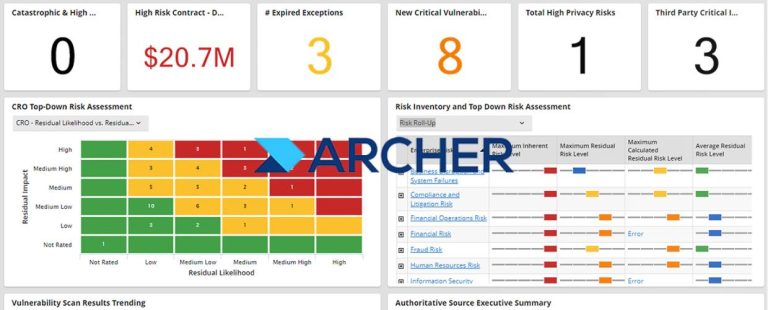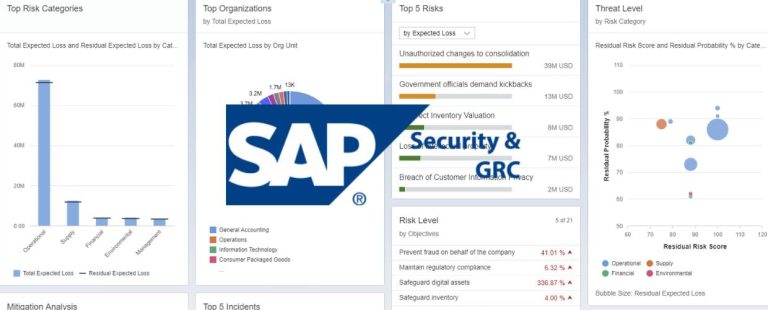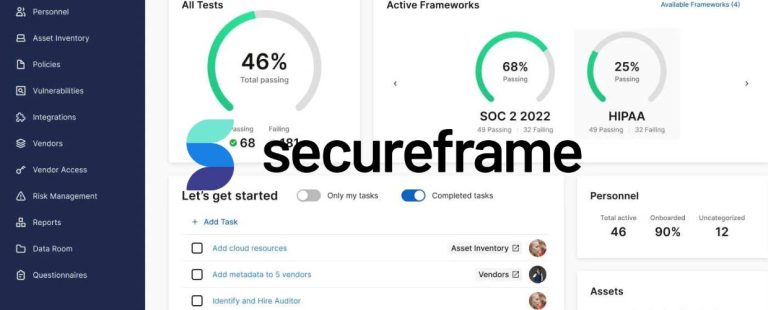In today’s fast-paced business world, companies constantly seek ways to streamline operations, enhance productivity, and optimize resource utilization. Enterprise Resource Planning (ERP) is a powerful solution revolutionizing organizations’ management of their business processes and data. In this article, we will explore what ERP stands for, its key features, and its significant benefits to businesses of all sizes.
What does ERP stand for?
ERP stands for “Enterprise Resource Planning.” It is a comprehensive and integrated software solution designed to manage an organization’s resources and operations efficiently. Its systems are characterized by their ability to centralize data and provide real-time visibility into various aspects of business processes, allowing companies to make informed decisions and improve overall productivity. It is an integrated software system that provides a centralized platform to manage and automate various functions, ranging from finance and human resources to manufacturing and inventory control.
Key Features of ERP
One of the most critical aspects of an ERP system is its key features. These features are designed to help businesses streamline their operations, improve their efficiency, and reduce costs.
Integration of Business Processes
The primary feature of ERP is the integration of different business functions into a single cohesive system. It means that finance, human resources, procurement, inventory, sales, and manufacturing departments can all operate within the same platform. This integration eliminates data silos and promotes seamless communication across departments, fostering better collaboration and efficiency.
Centralized Database
Its systems utilize a centralized database that stores all relevant business data. This database is accessible to authorized users across the organization, enabling real-time updates and accurate reporting. Having a single source of truth ensures data consistency and reduces the risk of errors that may arise from using disparate systems.
Real-time Reporting and Analytics
It provides powerful reporting and analytics tools that enable businesses to generate customized reports and gain valuable insights into their operations. Real-time data analytics empowers decision-makers to identify trends, spot opportunities, and address challenges promptly. With instant access to key performance indicators and business metrics, managers can make timely and data-driven decisions.
Automation of Routine Processes
ERP automates repetitive and routine tasks, reducing manual intervention and the likelihood of errors. From automated financial transactions to inventory management and order processing, automation streamlines operations, freeing up employees’ time for more strategic tasks. It not only improves efficiency but also reduces operational costs.
Scalability
Its systems are designed to cater to businesses of all sizes and industries. Whether a small startup or a large multinational corporation, its solutions can be customized and scaled to meet the specific needs and complexities of the organization. As a business grows, the ERP system can adapt to accommodate the increased demands and challenges.
The Benefits of ERP Implementation
Implementing an ERP system can benefit businesses, including increased efficiency, streamlined operations, better financial management, and improved human resources management.
Increased Efficiency and Productivity
By automating processes, eliminating redundant tasks, and providing real-time data access, ERP significantly boosts overall efficiency and productivity. Employees can focus on value-added activities rather than administrative tasks, improving performance and output. Moreover, streamlined processes reduce the lead time for various tasks, enabling the company to respond quickly to customer demands and market changes.
Enhanced Decision-making
ERP’s robust reporting and analytics capabilities enable data-driven decision-making. With access to accurate and up-to-date information, managers can make informed choices, respond swiftly to changing market conditions, and identify areas for improvement. A comprehensive view of business data helps identify opportunities for growth and areas that require optimization, leading to more strategic and effective decision-making.
Streamlined Communication and Collaboration
It breaks down communication barriers between departments by providing a single platform for data sharing and collaboration. It fosters cross-functional teamwork and ensures everyone is on the same page regarding business processes and objectives. Collaboration becomes more efficient as team members can access shared data and communicate seamlessly, leading to quicker problem-solving and improved project management.
Cost Savings
ERP implementation leads to long-term cost savings despite the initial investment. By optimizing inventory levels, reducing manual labor, and minimizing errors, businesses can cut operational costs and achieve a higher return on investment. Moreover, streamlined processes and efficient resource utilization reduce costs and increase profitability.
Regulatory Compliance
Its systems often have built-in compliance features to help businesses adhere to industry regulations and standards. It ensures that the organization complies with legal requirements, reducing the risk of penalties and reputational damage. Automated compliance features help maintain accurate records and enable the organization to respond promptly to audits and regulatory inquiries.
Customer Satisfaction
A well-implemented ERP system enhances customer satisfaction by improving order processing, shipment tracking, and customer support. Timely and accurate responses to customer inquiries lead to greater customer loyalty and retention. Furthermore, the availability of real-time data allows customer service representatives to provide customers with accurate and up-to-date information, improving the overall customer experience.
Conclusion
ERP is a game-changing solution that empowers businesses with integrated efficiency, streamlined processes, and data-driven decision-making. By centralizing business functions, automating routine tasks, and providing real-time access to critical information, Its systems enable organizations to navigate today’s competitive landscape with agility and confidence. The benefits of ERP implementation extend across various aspects of business, leading to increased productivity, cost savings, enhanced customer satisfaction, and sustainable growth.


